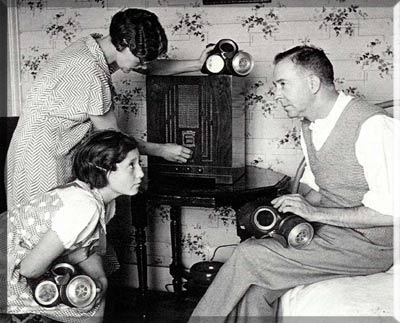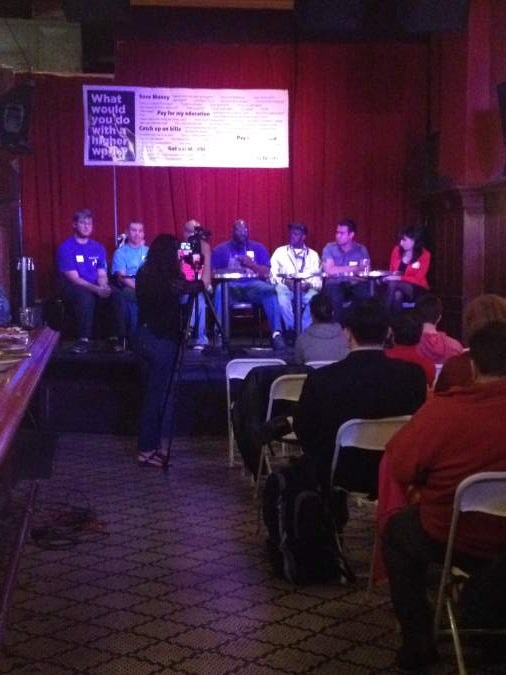A few years back, every food writer at the International Association of Culinary Professionals (IACP) conference was developing a blog. This year, the trendy in-the-works project being talked about at the annual gathering is a podcast. And while many of them are painfully amateurish, Here and Now’s resident chef believes sound could represent the next frontier in culinary coverage.
“When’s the last time you heard someone talk about a great meal in terms of how it sounded?,” Kathy Gunst asked in the introduction to an IACP conference session on food radio. “That’s the forgotten element. For us, everything is about sight and taste.”
Gunst ticked off a list of immediately identifiable kitchen sounds, such as onions sizzling and celery being chopped. But she pointed out that many chefs have honed their aural skills still further, and challenged the industry’s journalists to do the same.
“Jacques Pepin could hear from across the room if a chef had overcooked the meat or undercooked the meat,” she said.
Evan Kleiman, who’s conducted 6000 interviews for her KCRW program Good Food, underscored the importance of moving beyond only asking questions when covering food with a microphone instead of a keyboard.
“Chefs are doers, they just do it, it’s a very physical activity,” she said.
She added that’s especially true of the Scandinavian chefs whose work is now in vogue.
“The taciturnity of the Swedish does not translate to radio very well,” she said.
But Davia Nelson—one half of The Kitchen Sisters, a production team whose work is frequently broadcast on NPR—said elements such as music and structure can be just as important as what a chef or farmer says. “We’re always walking the line between heart and corn,” she confessed when asked about music selection. Yet Nelson and Nikki Silva continue to fool with songs and form, most recently finding a way to turn a Chez Panisse coffee table book into an Audible.com download. They teased a narrative from a printed retrospective rife with photographs, menus and invitation.
“It’s not about the color of the food against the color of the plate,” Gunst said of well-executed food audio. “It’s about the story.”








